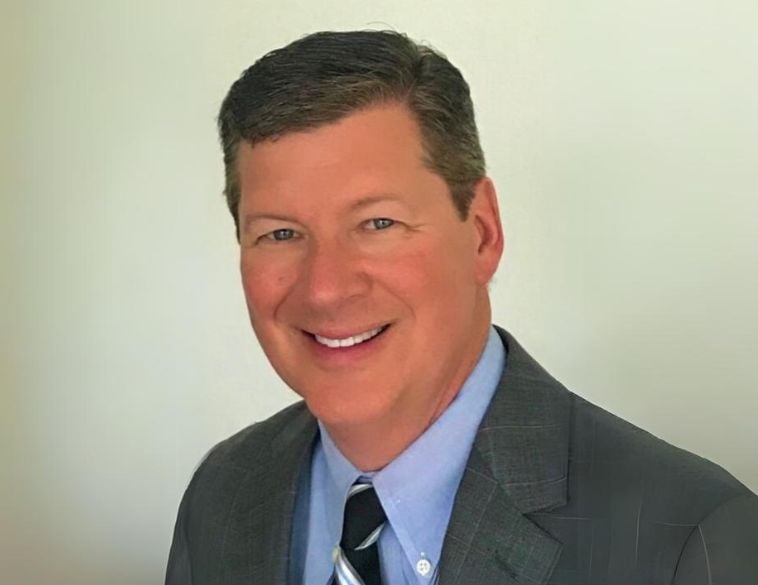Classic cars have their own special considerations when it comes to paint protection.
Protecting the paint on your classic or antique vehicle isn’t quite as simple as you might think. Whether it still sports original paint or has been the recipient of multiple resprays and/or restoration, specific considerations are necessary to protect the vehicle’s finish.
Famed automotive painter and fabricator Charley Hutton of Charley Hutton’s Color Studio, explains that it’s important to determine what the finish of the vehicle you’re working on actually is “You can test the finish (in an area you can’t see) by lightly rubbing it with a rag dipped in lacquer thinner. If the rag has colour on it, it’s likely a lacquer or a non-catalyzed enamel.”
Extreme care
When it comes to lacquer finishes or non-catalyzed enamels, Hutton stresses that in order to perform touch-ups, extreme care is needed. “Use light, “dust” coats because solvents in your paint or primer will actually swell up the original lacquer’s thin edges—due to the thermal plastic of the lacquer “soaking up,” said solvents.”
Preserving original, pre-clearcoat finishes also has some other considerations. “As the years go by and the paint is cared for, some of it is inevitably lost due to the various cleaning, polishing and waxing processes,” says Michael Stoops, Senior Global Product & Training Specialist at Meguiar’s.
Stoops explains that the use of any polishing compound or cleaner wax will, due to its abrasive nature; remove very small amounts of paint. As a result, he states, “even a vehicle that has been properly and meticulously cared for over a period of 30, 40, 50 years or more could have a very thin paint film remaining today.”
Stoops notes that while the basic process of paint care on a classic is similar to that of a modern vehicle, such as using polish compounds or cleaners to remove swirl marks or oxidation from the paint surface, it is critical to take paint thickness measurements, especially if you’re using more aggressive compounds to remove deeper scratches or paint defects. “You may even reach a point where a full correction is no longer possible and simple preservation becomes the primary, and perhaps only, goal.” At this stage, Stoops recommends using a product like Meguiar’s M07 Show Car Glaze, which contains no abrasives, in order to improve the shine and preserve the paint, prior to adding wax or sealant to protect the surface.
Repainting
Sometimes there will come a point, where the paint is so thin and cracked, that the only option is to perform a respray. In these cases, Charley Hutton recommends stripping right down to the bare metal surface in order to get optimal results.
“It’s always a good idea to get rid of all the old paint and primers on the vehicle and get it down to bare metal because you never know what’s underneath it,” he explains. “At that point, Hutton recommends using a product such as PPG ONECHOICE SX579 Metal Cleaner and SX520 Metal Conditioner to treat the surface and then washing the panel area before beginning to apply any primer. Hutton also recommends using an epoxy primer to create a corrosion barrier and then begin applying paint on top of that to deliver a top-quality, long-lasting finish.
Colour matching
When it comes to classic cars, over time, paint can become worn, chipped, or damaged in a variety of ways. If you’re looking to replicate the original finish or match it, having access to the original colour is critically important. A 1976 Lincoln Mk IV owned by April Chadwick, Marketing Specialist at SATA in Canada was suffering from severely thin paint that had worn down to the primer in some areas. April was able to colour match and have the car resprayed in its original shade of 46 Dark Jade Metallic, which transformed the look of the big coupe. Yet finding and matching the original colour, especially if it’s metallic like this, can sometimes be difficult.
Charley Hutton notes that even if an older car has been repainted, chances are the original finish can still be found, often in areas such as the door jambs or under the trunk lid. Lightly polishing this area, he says, will give you the real, original finish. “I like using this method as opposed to using the original colour codes because you will still need to tweak those to get the final colour match.”




